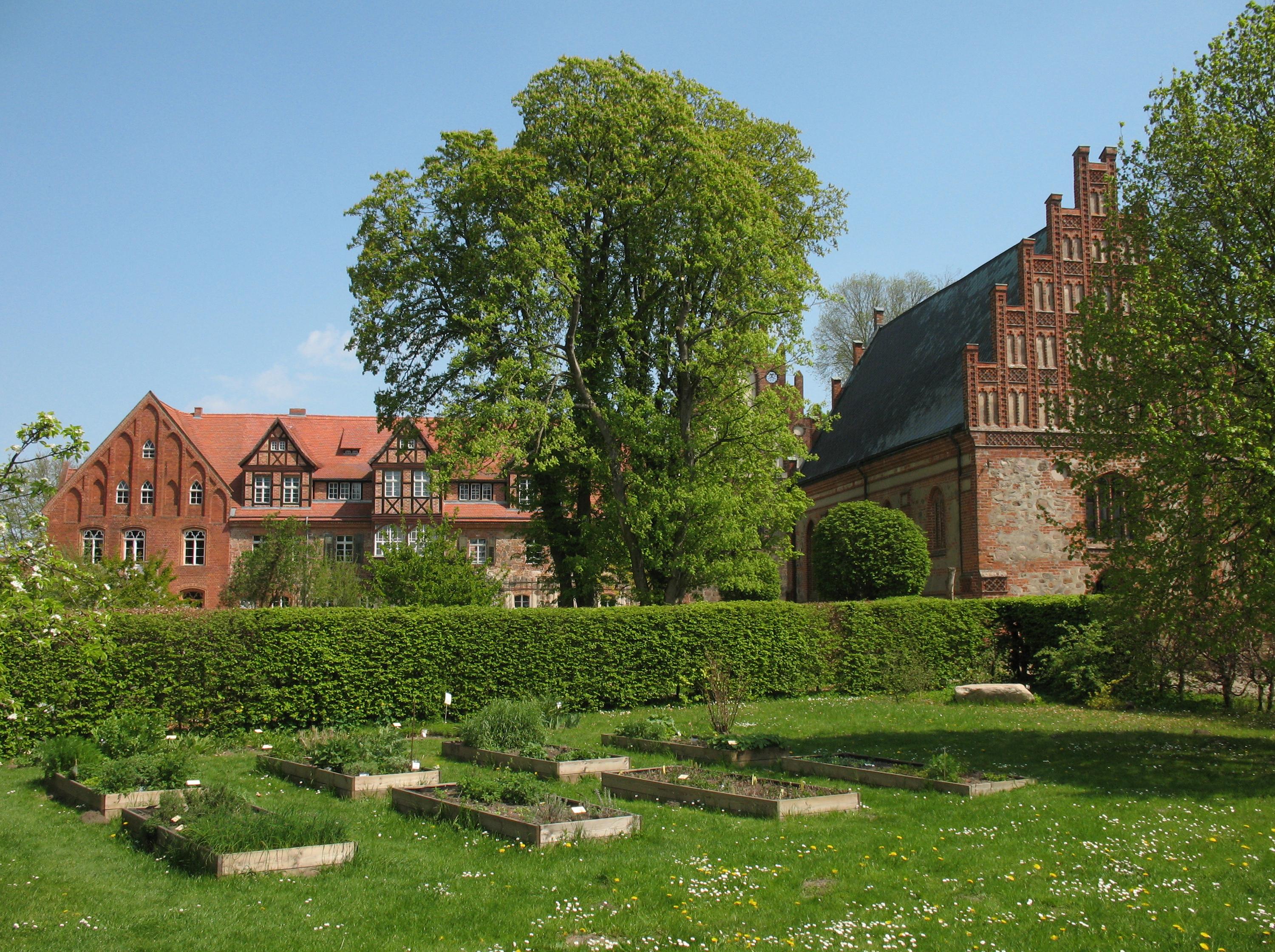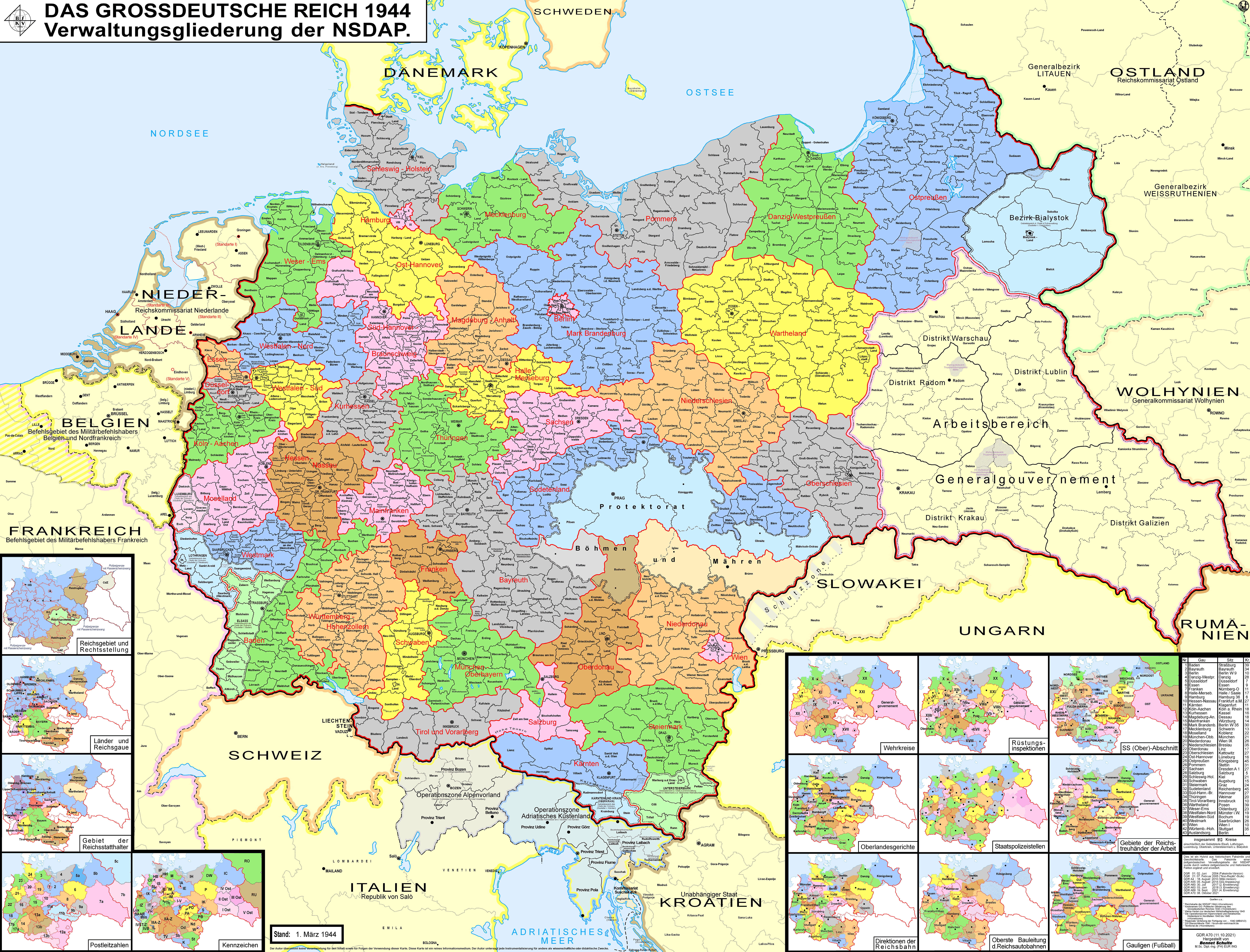|
Heiligengrabe
Heiligengrabe is a municipality in the Ostprignitz-Ruppin district, in Brandenburg, Germany. Geography The municipality counts 13 villages (''Ortsteil''): Blandikow, Blesendorf, Blumenthal, Grabow bei Blumenthal, Herzsprung, Jabel, Königsberg, Liebenthal, Maulbeerwalde, Papenbruch, Rosenwinkel, Wernikow and Zaatzke. Architecture Abbey Heiligengrabe Abbey (literally in en, Holy Sepulchre; formerly also known as Techow) was founded here as a Cistercian nunnery in 1289 by Heinrich, Bishop of Havelberg and the Margrave Otto of Brandenburg, initially for 12 nuns. It held an important relic in the form of a Bleeding Host which, so it was said, had been violated in a host desecration by a Jew. The nunnery acquired considerable wealth and estates in the area, partly through the revenue from pilgrims to the Bleeding Host, and partly through donations from the noble families round about, especially when one of their daughters entered the convent. Among the nuns of local great houses w ... [...More Info...] [...Related Items...] OR: [Wikipedia] [Google] [Baidu] |
Heiligengrabe Kraeutergarten
Heiligengrabe is a Municipalities of Germany, municipality in the Ostprignitz-Ruppin district, in Brandenburg, Germany. Geography The municipality counts 13 villages (''Ortsteil''): Blandikow, Blesendorf, Blumenthal, Grabow bei Blumenthal, Herzsprung, Jabel, Königsberg, Liebenthal, Maulbeerwalde, Papenbruch, Rosenwinkel, Wernikow and Zaatzke. Architecture Abbey Heiligengrabe Abbey (literally in en, Holy Sepulchre; formerly also known as Techow) was founded here as a Cistercian nunnery in 1289 by Heinrich, Bishop of Havelberg and the Margrave Rulers of Brandenburg, Otto of Brandenburg, initially for 12 nuns. It held an important relic in the form of a Bleeding sacramental bread, Host which, so it was said, had been violated in a host desecration by a Jew. The nunnery acquired considerable wealth and estates in the area, partly through the revenue from pilgrims to the Bleeding Host, and partly through donations from the noble families round about, especially when one of their da ... [...More Info...] [...Related Items...] OR: [Wikipedia] [Google] [Baidu] |
Ostprignitz-Ruppin
Ostprignitz-Ruppin is a ''Kreis'' (district) in the northwestern part of Brandenburg, Germany. Neighboring are (from north clockwise) the districts Müritz and Mecklenburg-Strelitz in Mecklenburg-Western Pomerania, the districts Oberhavel and Havelland, the district Stendal in Saxony-Anhalt, and the district Prignitz. Geography The district consists of plain countryside northwest of Berlin. It is densely forested. Many rivers and lakes can be found in its western, its central and its northeastern part. The main river in the district is the Dosse. History The district has always been distinguishable from the West Prignitz, having been settled originally by Slavs from a different part of Mecklenburg. It was officially created in 1993 by merging the districts Kyritz, Neuruppin and Wittstock. The district roughly covers the same territory as the two historic districts Ostprignitz and Ruppin. Osprignitz was created in 1815 as one of two districts covering the former county Prignit ... [...More Info...] [...Related Items...] OR: [Wikipedia] [Google] [Baidu] |
Blumenthal Observation Tower
The Blumenthal Observation Tower is a 45 metre tall observation tower built of wood in Blumenthal, part of the municipality Heiligengrabe, Brandenburg, Germany Germany, officially the Federal Republic of Germany (FRG),, is a country in Central Europe. It is the most populous member state of the European Union. Germany lies between the Baltic and North Sea to the north and the Alps to the sou .... Overview The Blumenthal Observation Tower was inaugurated on September 18, 2004, and is the tallest observation tower built of wood in Germany. It is not however the tallest wooden construction built in Germany: the towers of the Brück aerial testing facility, the Rottenbuch Radio Tower, neither of which is accessible for tourists, and the Jahrtausendturm are taller. The Blumenthal Observation Tower has an observation deck 36.4 metres in height, accessible by 187 stairs. The whole construction weighs 210 tons. External linksOfficial site (in German)*http://www.skyscrape ... [...More Info...] [...Related Items...] OR: [Wikipedia] [Google] [Baidu] |
Ortsteil
A village is a clustered human settlement or community, larger than a hamlet but smaller than a town (although the word is often used to describe both hamlets and smaller towns), with a population typically ranging from a few hundred to a few thousand. Though villages are often located in rural areas, the term urban village is also applied to certain urban neighborhoods. Villages are normally permanent, with fixed dwellings; however, transient villages can occur. Further, the dwellings of a village are fairly close to one another, not scattered broadly over the landscape, as a dispersed settlement. In the past, villages were a usual form of community for societies that practice subsistence agriculture, and also for some non-agricultural societies. In Great Britain, a hamlet earned the right to be called a village when it built a church. [...More Info...] [...Related Items...] OR: [Wikipedia] [Google] [Baidu] |
Von Blumenthal
The von Blumenthal family are Lutheran and Roman Catholic German nobility, originally from Brandenburg-Prussia. Other (unrelated) families of this name exist in Switzerland and formerly in Russia, and many unrelated families (quite a few of them Jewish) called Blumenthal, without " von", are to be found worldwide. The family was already noble from earliest times (''Uradel''), dating from the days of the Holy Roman Empire in the Middle Ages, long before the creation of the Kingdom of Prussia and the German Empire, and different branches acquired different titles over time. All living members of the noble family are descended from Heinrich (V) von Blumenthal (1654–93), whose baronial status was limited to the borders of Brandenburg. Other members of the family were raised to allodial baronies (''Freiherren''), all of which are now extinct, or to countships, of which only one line survives. One member of the family, Georg (I) was a Prince-Bishop (i.e. a head of state). In the ca ... [...More Info...] [...Related Items...] OR: [Wikipedia] [Google] [Baidu] |
Census In Germany
A national census in Germany (german: Volkszählung) was held every five years from 1875 to 1910. After the World Wars, only a few full population censuses have been held, the last in 1987. The most recent census, though not a national census, was the 2011 European Union census. Early history Nuremberg in 1471Kersten Krüger: ''Historische Statistik'', in: ''Formung der frühen Moderne - Ausgewählte Aufsätze'', LIT Verlag Berlin-Hamburg-Münster, 2005 ,p. 272/ref> held a census, to be prepared in case of a siege. Brandenburg-Prussia in 1683 began to count its rural population. The first systematic population survey on the European continent was taken in 1719 in the Mark Brandenburg of the Kingdom of Prussia, in order to prepare the first general census of 1725. In Habsburg ruled Austria, a population count had been introduced in 1754, but due to resistance by nobility and clerics, no full census was held after 1769. A century and many political changes later, census resu ... [...More Info...] [...Related Items...] OR: [Wikipedia] [Google] [Baidu] |
East Germany
East Germany, officially the German Democratic Republic (GDR; german: Deutsche Demokratische Republik, , DDR, ), was a country that existed from its creation on 7 October 1949 until its dissolution on 3 October 1990. In these years the state was a part of the Eastern Bloc in the Cold War. Commonly described as a communist state, it described itself as a socialist "workers' and peasants' state".Patrick Major, Jonathan Osmond, ''The Workers' and Peasants' State: Communism and Society in East Germany Under Ulbricht 1945–71'', Manchester University Press, 2002, Its territory was administered and occupied by Soviet forces following the end of World War II—the Soviet occupation zone of the Potsdam Agreement, bounded on the east by the Oder–Neisse line. The Soviet zone surrounded West Berlin but did not include it and West Berlin remained outside the jurisdiction of the GDR. Most scholars and academics describe the GDR as a totalitarian dictatorship. The GDR was est ... [...More Info...] [...Related Items...] OR: [Wikipedia] [Google] [Baidu] |
Nazi Germany
Nazi Germany (lit. "National Socialist State"), ' (lit. "Nazi State") for short; also ' (lit. "National Socialist Germany") (officially known as the German Reich from 1933 until 1943, and the Greater German Reich from 1943 to 1945) was the German Reich, German state between 1933 and 1945, when Adolf Hitler and the Nazi Party controlled the country, transforming it into a dictatorship. Under Hitler's rule, Germany quickly became a totalitarian state where nearly all aspects of life were controlled by the government. The Third Reich, meaning "Third Realm" or "Third Empire", alluded to the Nazi claim that Nazi Germany was the successor to the earlier Holy Roman Empire (800–1806) and German Empire (1871–1918). The Third Reich, which Hitler and the Nazis referred to as the Thousand-Year Reich, ended in May 1945 after just 12 years when the Allies of World War II, Allies defeated Germany, End of World War II in Europe, ending World War II in Europe. On 30 January 1933, H ... [...More Info...] [...Related Items...] OR: [Wikipedia] [Google] [Baidu] |
Cloister
A cloister (from Latin ''claustrum'', "enclosure") is a covered walk, open gallery, or open arcade running along the walls of buildings and forming a quadrangle or garth. The attachment of a cloister to a cathedral or church, commonly against a warm southern flank, usually indicates that it is (or once was) part of a monastic foundation, "forming a continuous and solid architectural barrier... that effectively separates the world of the monks from that of the serfs and workmen, whose lives and works went forward outside and around the cloister." Cloistered (or ''claustral'') life is also another name for the monastic life of a monk or nun. The English term ''enclosure'' is used in contemporary Catholic church law translations to mean cloistered, and some form of the Latin parent word "claustrum" is frequently used as a metonymic name for ''monastery'' in languages such as German. History of the cloister Historically, the early medieval cloister had several antecedents: ... [...More Info...] [...Related Items...] OR: [Wikipedia] [Google] [Baidu] |
Seize Quartiers
Seize quartiers is a French phrase which literally means a person's "sixteen quarters", the coats of arms of their sixteen great-great-grandparents quarters of nobility, which are typically accompanied by a five generation genealogy ahnentafel outlining the relationship between them and their descendant. They were used as a proof of nobility ("the proof of the Seize Quartiers") in part of Continental Europe beginning in the seventeenth century and achieving their highest prominence in the eighteenth. In other parts, like in France, antiquity of the male line was preferred. Possession of seize-quartiers guaranteed admission to any court in Europe, and bestowed many advantages. For example, Frederick the Great was known to make a study of the seize quartiers of his courtiers. They were less common in the British Isles, seventeenth-century Scottish examples being the most prevalent. According to Arthur Charles Fox-Davies in 1909, there were very few valid examples of seize quart ... [...More Info...] [...Related Items...] OR: [Wikipedia] [Google] [Baidu] |
Frauenstift
The term (; nl, sticht) is derived from the verb (to donate) and originally meant 'a donation'. Such donations usually comprised earning assets, originally landed estates with serfs defraying dues (originally often in kind) or with vassal tenants of noble rank providing military services and forwarding dues collected from serfs. In modern times the earning assets could also be financial assets donated to form a fund to maintain an endowment, especially a charitable foundation. When landed estates, donated as a to maintain the college of a monastery, the chapter of a collegiate church or the cathedral chapter of a diocese, formed a territory enjoying the status of an imperial state within the Holy Roman Empire then the term often also denotes the territory itself. In order to specify this territorial meaning the term is then composed with as the compound ''Hochstift'', denoting a prince-bishopric, or for a prince-archbishopric. Endowment lural (literally, the 'donation ... [...More Info...] [...Related Items...] OR: [Wikipedia] [Google] [Baidu] |






